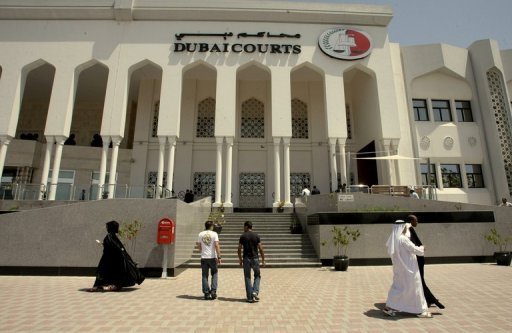The most gorgeous medieval buildings are being painstakingly restored in Islamic Cairo and discerning tourists are walking past Khan Al-Khalili into a medieval city of wikalas, through mighty Fatimid gates and sitting down to rest inside the Hassan Mosque, where Crusader knights were once chained for their sins.
Sitting inside the marvellous Hassan Mosque I can imagine the anguished groans of the Franks captured during the debacle of the French King’s Crusade, knowing their remaining days were to be spent amongst the Saracens.
Located on Al-Muizz Street, in the onion and garlic market, this Shia Mosque looks a picture. It has been a year since I last visited and now thick green curtains hang from the numerous arches surrounding the courtyard. The building itself is spotless and a row of date palms shade the entrance, which is a short walk from the imposing gates of Bab Al-Futuh.
No army ever razed this city, nor breached its walls. But a thousand years of dirt, mud and brick has raised the level of the street, so now the walls may not look as imposing as they once did. But the restoration job is first rate. Soon tourists and locals will be able to stride the ramparts as if they themselves were trusted with the welfare of the ruling dynasty that took their name from the Prophet’s daughter, Fatima.
The wealth must have bulged from the merchants’ wikalas: tobacco, silk, spices, bolts of cloth and I wonder if imported paper from Baghdad filled some store rooms. The weighty reams may have travelled along the canal that connected the Gulf of Suez with the River Nile.
The changes that have taken place along this original high street, that runs through to the city gates known as Bab Zuwayla, in the last year are impressive. The Department of Palaces and Monuments are hard at work excavating Al-Muizz Street and restoring such Egyptian icons as the Sabil-Kuttabs that provided free drinking water and an upstairs room to memorise the Quran.
There is a fantastic new community centre, built by the Friends of Environment and Development Association, which also offers training in small engine maintenance like refrigeration, washing machines and fans.
In the Bayt El Suhaymi Area, urban regeneration has transformed apartments and has pedestrian-friendly streets into the most attractive urban environment that wouldn’t be out of place in Paris’s Latin Quarter.
Random tour guides will happily lead you into the madrasas (Islamic schools) and mosques, including that of Sultan Zahir Barquq, where for a small ‘donation’ you can climb to the top of the minaret and get a real sense of the beehive nature of the community where Naguib Mahfouz was born and wrote about so often.
Possibly the next project may be to restore Naguib Mahfouz’s birth place. It is next to the Mosque-Madrasa of Amir Mithqal, where a tunnel turns into an alley that runs to Fishawis, the famous coffee shop in the Khan Al-Khalili.
Unfortunately, it would seem that commerce and heritage are on a collision course here. There is a new shopping arcade in the old Khan. Three stories of empty shops, built around an atrium where a flat screen TV blared Arabic music to the empty tables and chairs and the shisha costs LE 10. I can’t see the attraction for tourists, but clean bathrooms and buses seem to have a domineering affect on this industry.
Hopefully the expansion of the commercial side of Kahn Al-Khalili will not swallow Cairo’s heritage and where the Egyptian Textile Museum commands a prime location opposite the Mausoleum of Sultan Al-Mansur Qalawun.
There may have been a line drawn to halt the spread of perfume bottles, Pharonic statues and papyrus.
In the on again off again drizzly rain on Saturday I continued to poke along Al-Muizz Street, side stepping puddles and sheltering inside shops selling copper items, some antique, others beaten out the back, as transgressors are sometimes punished today by a medieval sense of justice.
The road had turned to mud by the late afternoon, a real contrast to the wealth dripping from the jewellery shops. I turned again back towards Bab Al-Futuh to where I could hail a taxi and not have battle with a driver over the price of the tourist fare when I am happy to pay the local khawaga rate.
Though I do hope, the price of saving Cairo’s medieval heritage is not found in the pocket of the tourist and these stunning buildings don’t become a backdrop to a brazen souq selling clutter that festoons European landfills.
